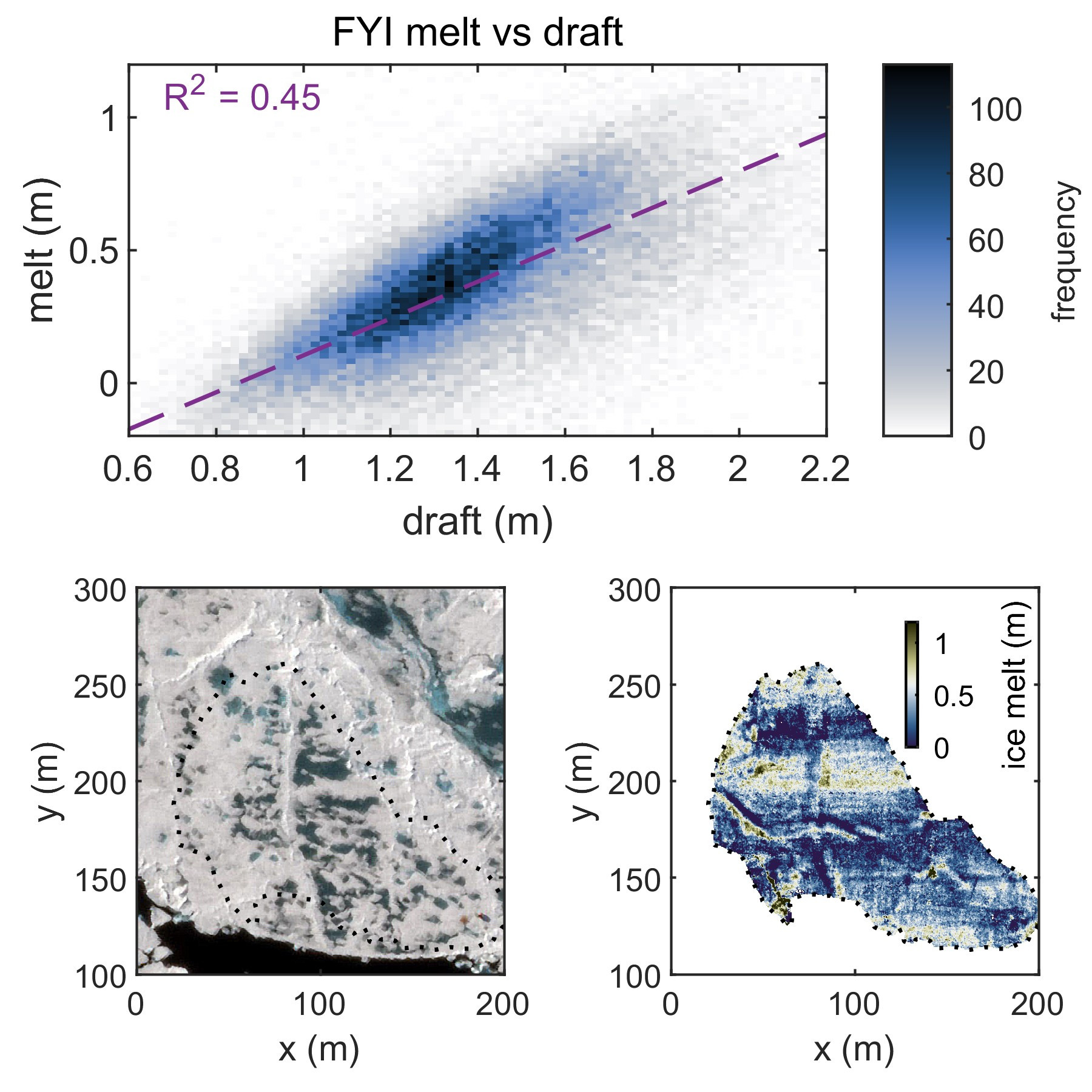
Our work with Odile Crabeck and Jack Landy about the rapid decrease of sea-ice density in summer leading to non-decreasing ice freeboard during 0.6 m ice thickness loss: doi.org/10.5194/egus...
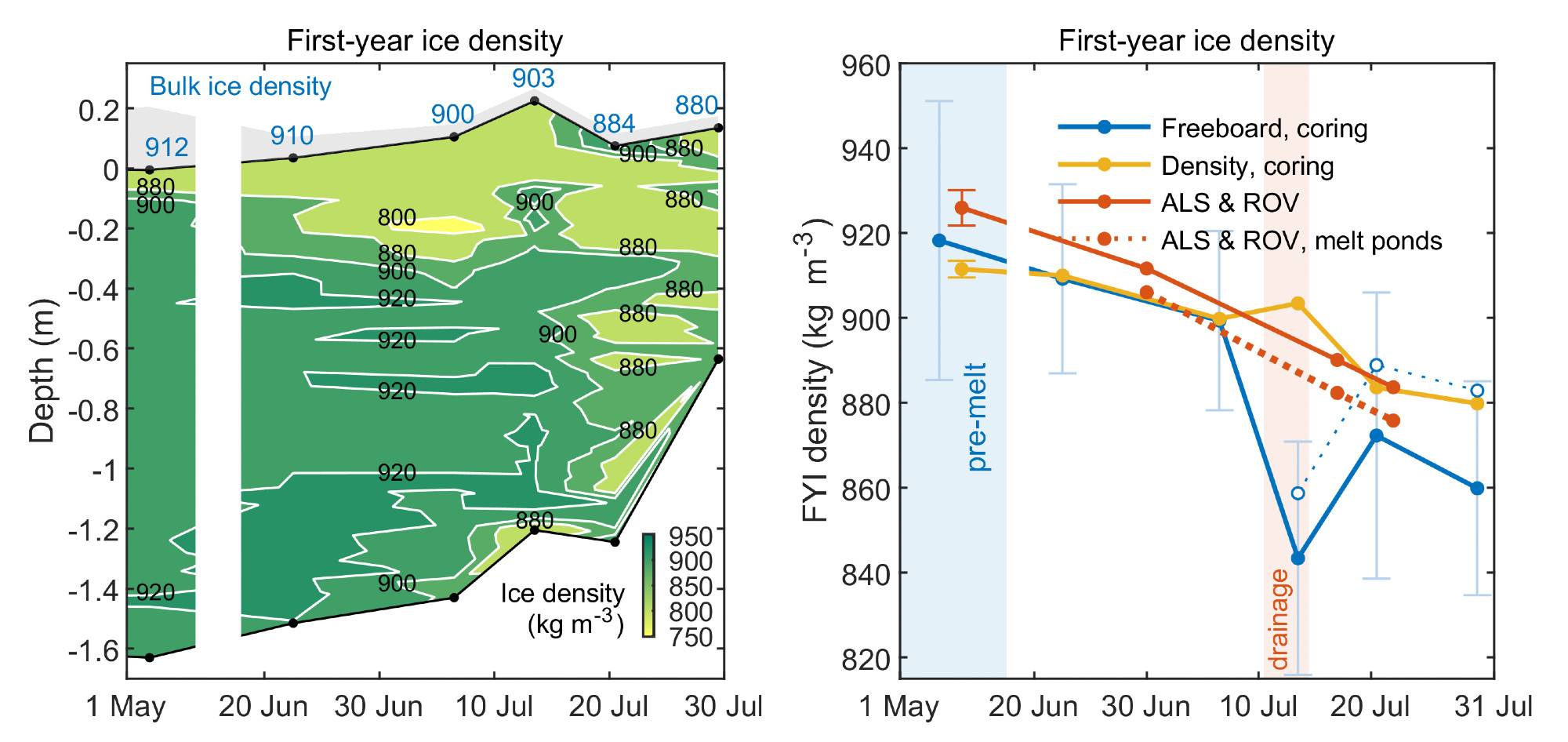
The ecosystem work overview of the MOSAiC expedition led by Allison Fong is published at Elementa: Science of the Anthropocene: doi.org/10.1525/elem...
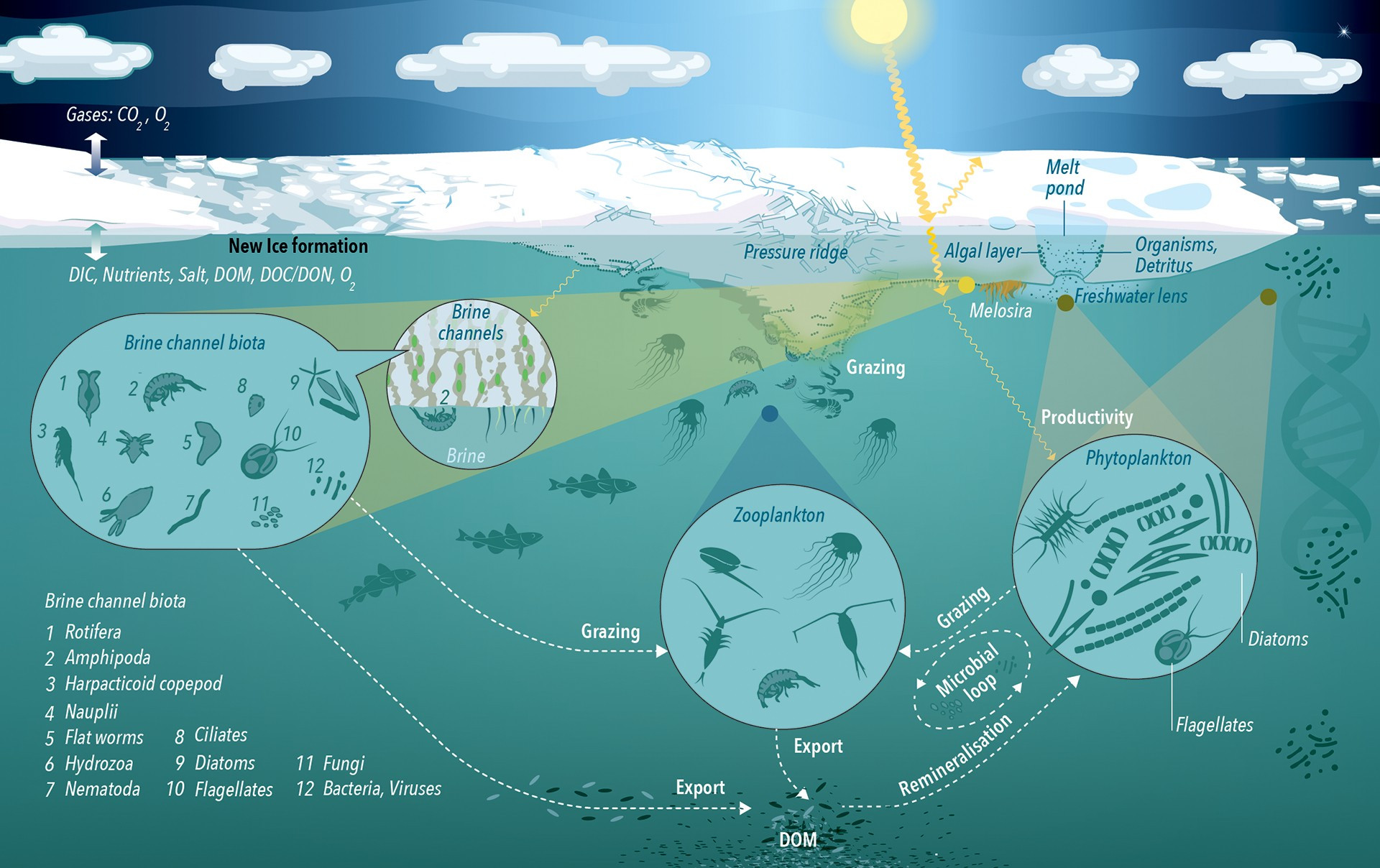
Great start of the MOSAiC conference in Potsdam with the team ocean work overview by @clnhz.bsky.social
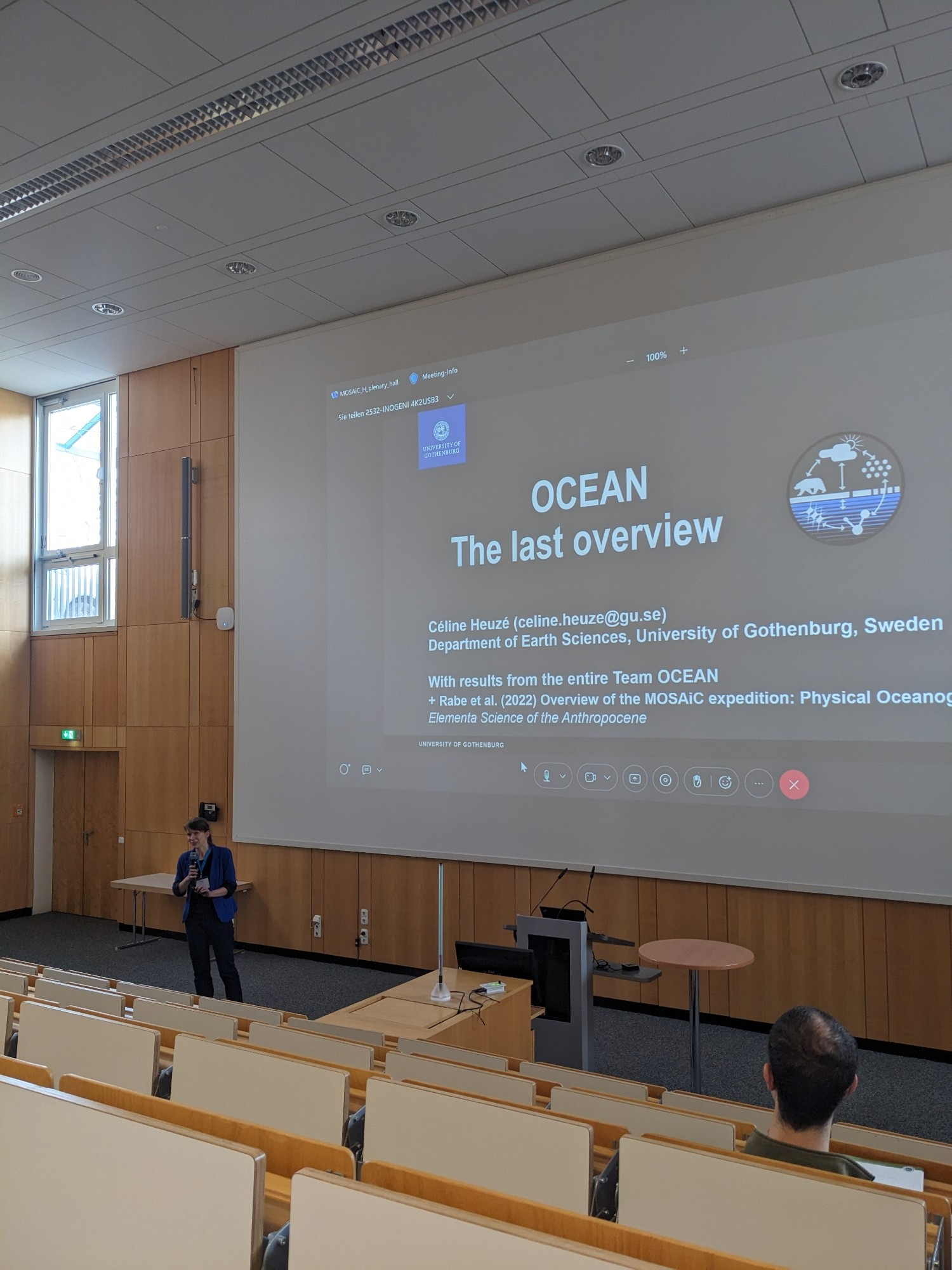
Sea ice cores from the MOSAiC expedition were finally CT-scanned at the European Synchrotron in Grenoble at their natural temperatures when they were collected during the 2019–20 season: www.esrf.fr/home/news/ge...
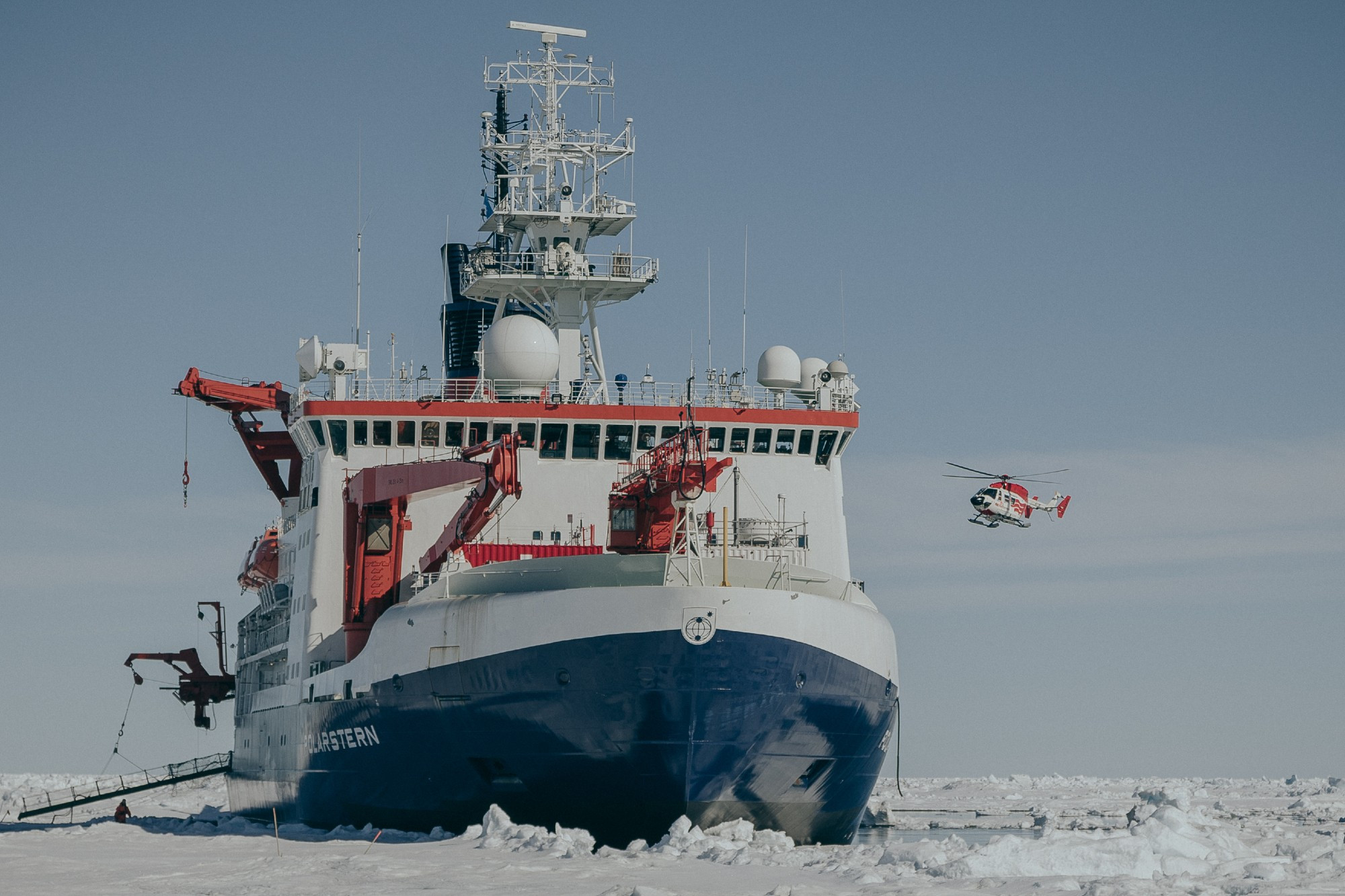
First morning at European Synchrotron before scanning some MOSAiC sea ice with Sönke Maus from NTNU and Martin Schneebeli from @slfdavos.bsky.social

Hi, Mae. Thank you. I am a sea ice researcher from the Norwegian Polar Institute in Tromsø: scholar.google.com/citations?us...
Norwegian universities announced their tuition fees for non-EU students. The NTNU annual fee is €43,000 for medicine and €22,500 for technology. It is too high and not supported by educational quality or rankings. Which would mean there will be no non-EU students in Norway.
If thicker ice melts faster, does it apply to pressure ridges? Ridge flanks also show a good 60% correlation between melt and draft. But for the ridge bottom part, the correlation is much weaker (only 20%), as its melt also depends on ridge width and slope.

Imagine our profession was built so that you could advance your career without moving all the time. Isn't this a huge piece of the equity and access problem? Yes, it is.
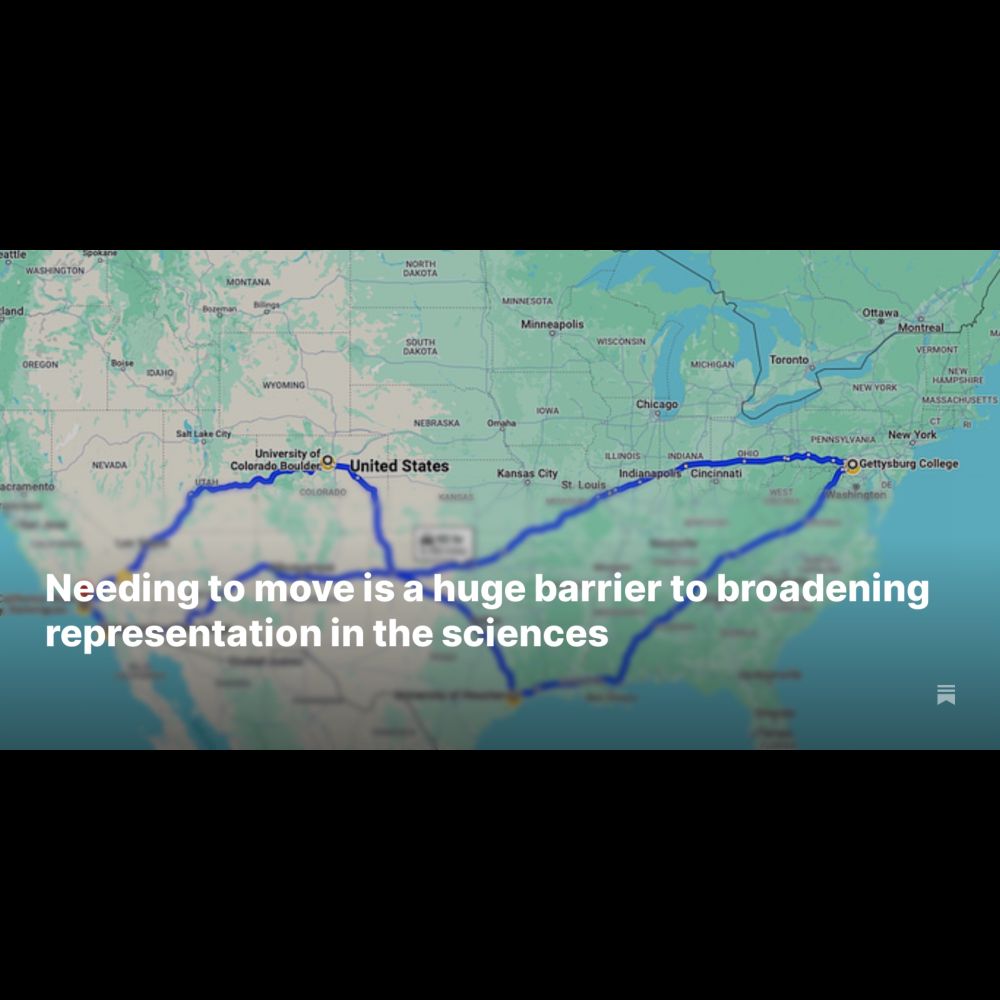
Science will be more inclusive and equitable when we stop expecting people to uproot their lives every few years
How often have you heard that thinner ice melts faster? Our measurements of ice melt from the Alfred Wegener Institute ROV underwater sonar show that it is quite the opposite, with a 45% correlation between first-year ice melt and its initial draft:
